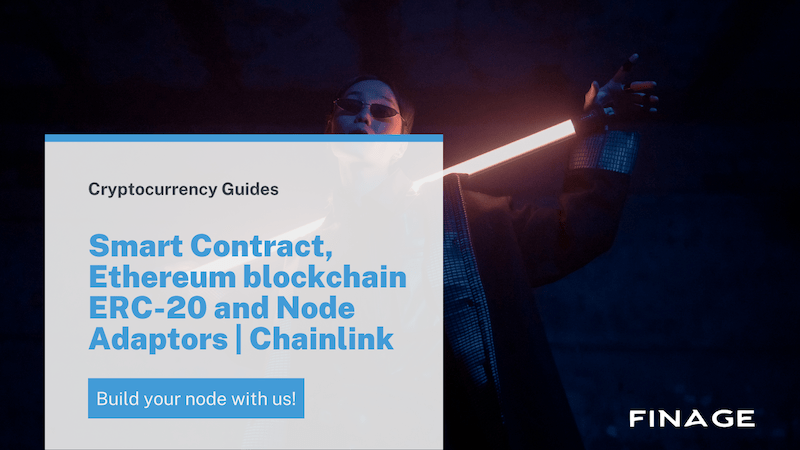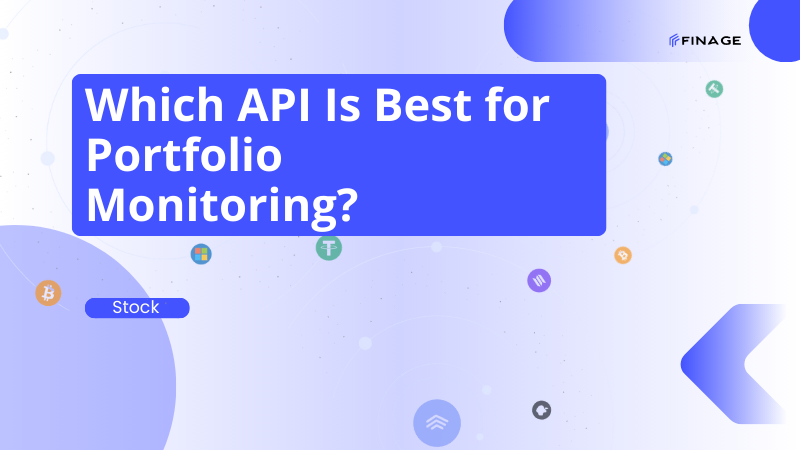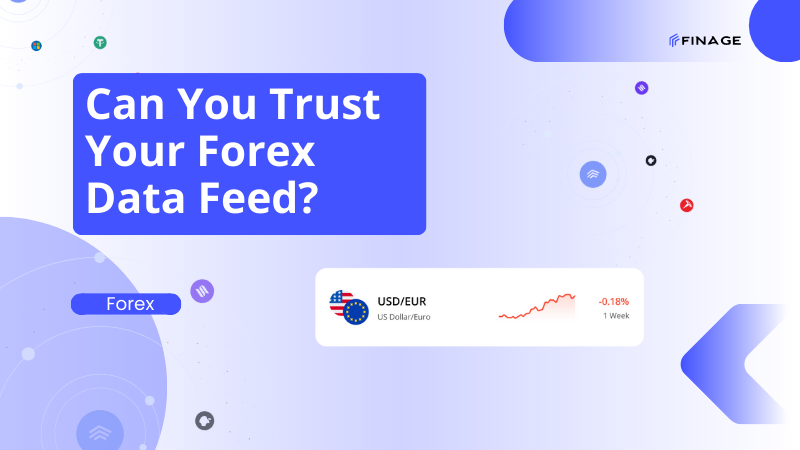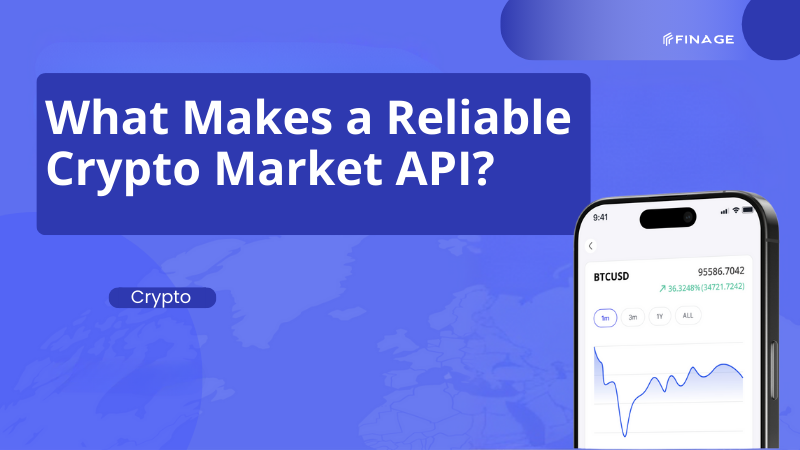Smart Contract, Ethereum blockchain ERC-20 and Node Adaptors | Chainlink
5 min read • October 15, 2021

Introduction
The answers to questions wondering about Chainlink, that allows non-blockchain systems to be integrated into blockchain systems through smart contracts, are in blog.
Table of Contents
What is Chainlink?
What is the Chainlink Advantage?
What are the Disadvantages of Chainlink?
How is Chainlink (LINK) Mining Made?
When Did Chainlink Appear?
How Does Chainlink Work?
Should You Invest in Chainlink?
What is Chainlink?
Financial technology company SmartContract, based in the city of San Francisco, launched Chainlink, an Ethereum blockchain ERC-20 based on Chainlink abbreviation LINK, in June 2017. It is described by its developers as a secure blockchain tool that aims to provide the link between smart contracts and blockchain by allowing smart contracts to access off-chain resources such as data streams, web APIs, and traditional bank account payments. Although Chainlink developers have been able to significantly change smart contracts in many industries by replacing the need for traditional legal agreements, the main consensus protocols related to blockchain technology act as a bridge with non-blockchain systems as they believe that smart contracts cannot communicate effectively with other traditional systems. say what they want to see. The Chainlink ecosystem is shaped around the LINK token and the LINK network. With the release of APIs and other platforms, developers aim to increase the applicability and usability of smart contracts in business.
It is a decentralized blockchain Oracle platform that can connect to real-world applications, data, and an API. Chainlink was originally called SmartContract and aims to bridge the gap between Blockchain and legacy systems. Chain processing has smart contracts with parameters specified in a Service Level Agreement (SLA). Oracle collects data to prevent tampering, verifies it, saves it on the Blockchain, and rewards it with LINK, Chainlink's native Ethereum token. Most importantly, it enables this data to be used in smart contracts. It will soon support more blockchains as interoperability is the focus of the entire project. The Chainlink network will allow people with a data feed or other API to offer them directly to smart contracts in exchange for Chainlink tokens. Such individuals integrate their API-based services directly into a smart contract and blockchain system in exchange for LINK tokens.
What is the Chainlink (LINK) Advantage?
The Chainlink system enables non-blockchain systems to be integrated into blockchain systems through smart contracts. The integration of the blockchain systems of the API-based services provides many advantages for API-based companies in terms of transaction security, intervention by third parties, and increasing usability. With the developing blockchain technology, it is a difficult process in many ways for many companies and services to adapt to the blockchain system or establish their own blockchain systems. At this point, the Chainlink system enables these non-blockchain systems to adapt to blockchain systems with smart contracts.
What are the Disadvantages of Chainlink?
There is a little guarantee for investors that the partnership will be long and fruitful. Low development speed is cited as one of the major problems. It is not known how long it will take for Chainlink to implement a real working solution that affects the execution of financial transactions. Moreover, there is no officially published roadmap to guide.
How is Chainlink (LINK) Mining Made?
Chainlink is a non-mining cryptocurrency. The entire amount of Chainlink is produced by the company. A total of 1 billion units of Chainlink (LINK) will be produced. Currently, the number of Chainlink (LINK) available in the market is 350,000,000.
When Did Chainlink Appear?
Developed by a company called SmartContract, Chainlink's work started in 2015, but its tokens were released in 2017. Basically, behind the project are SmartContract CEO Sergey Nazarov and CTO Steve Ellis. Its total supply is limited to 1 billion.
How Does Chainlink Work?
Thanks to these contracts of Ethereum (ETH), which added new value to the crypto money ecosystem and offered smart contracts to users in 2015, Blockchain is no longer just a place where financial transactions and data are recorded. Thanks to smart contracts, the usage area of Blockchain technology has expanded. In contrast, a smart contract only had the ability to manage the data on the Blockchain it was in. In other words, Blockchain technology, which has the potential to serve the whole world, could not be used by many sectors in the world. That's where Chainlink came into existence to solve the problem.
Chainlink Features
Chainlink's main focus is on working with smart contracts. Chainlink provides access to any external API you want to connect to the smart contract. Thus, it is possible to make payments to any payment system or banking network through a contract. ChainLink smart contracts serve three functions:
- Reputation assessment: Users can use smart contracts with a specific range of parameters, which includes an oracle reputation called a service level agreement. Oracles who violate the rules of the network and provide false data will be penalized and also demoted. If the smart contract receives a sufficient number of applications, a service contract with ChainLink begins.
- Working with external data: When off-line oracles are selected, they make a programmatic agreement and provide the requested data.
- Aggregation: As a third step, the aggregation contract collects all data transmitted by off-chain oracles and then averages them to create a weighted aggregate response.
Should You Invest in Chainlink?
As we mentioned, the value of LINK remains volatile despite its huge gains since the beginning of 2020. Therefore, it may be best to invest in LINK only as a way to support core technology. Otherwise, the high degree of volatility may be too much for most investors to bear. However, Chainlink seems to be an important technology as cryptocurrencies continue to evolve. Having an oracle like Chainlink in place will be key to the long-term stability and viability of the cryptocurrency in general. So, if you believe Chainlink will become the industry standard as the most widely used, decentralized oracle network, LINK can be a solid investment.
We hope that this blog post will be beneficial for you. We will continue to create useful works in order to get inspired by everyone. We are sure that we will achieve splendid things altogether. Keep on following Finage for the best and more.
You can get your Real-Time and Historical Cryptocurrency Data with Finage free Crypto Data API key.
Build with us today!
Claim Your Free API Key Today
Access stock, forex and crypto market data with a free API key—no credit card required.

Stay Informed, Stay Ahead
Finage Blog: Data-Driven Insights & Ideas
Discover company news, announcements, updates, guides and more


